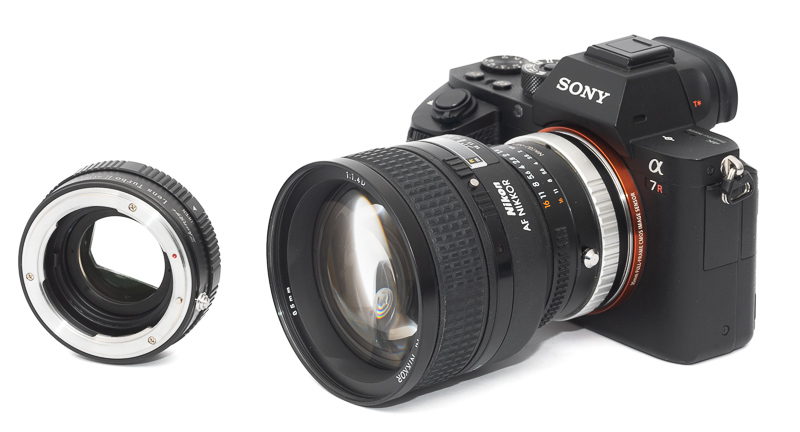Put it this way: Sigma make EF adapters principally to make their EF mount lenses compatible to other mounts. They do this by issuing firmware updates to lenses so that they confirm to one or more of the recent Canon EF lens reverse engineered firmware. Obviously any other EF mount lenses that work are a bonus. It is a very neat solution and does not require a lot of effort by Sigma. But it does not help as much with other EF mount lenses that have more obscure requirements.I have the Metabones Canon FD > Fuji X and I have also been pleased with its performance.If your are going to buy an adapter like this, from my limit experience I would pick the Metabones ones.
Metabones and others who make their living by selling adapters have to try and make all EF mount lenses as firmware compatible as far as possible. One only has to check the Metabones firmware update briefs to see that Metabones have done the most hard yards towards full compatibility.
Others, mainly cheaper brands, have made a good subset swatch of compatibility but like Sigma have mainly covered the common, more recent, EF firmware types. If this suits our needs it is all that we need.
Metabones also went to a lot of trouble to secure the best optics for their focal reduction versions. Other quality brands also most probably have decent optics. The cheaper ones are probably not "dunces" but are probably a common subset bought it from one or more Chinese optics supplier. Which almost suggests that possibly Mitakon makes a set of optics for all generic builds to buy.


